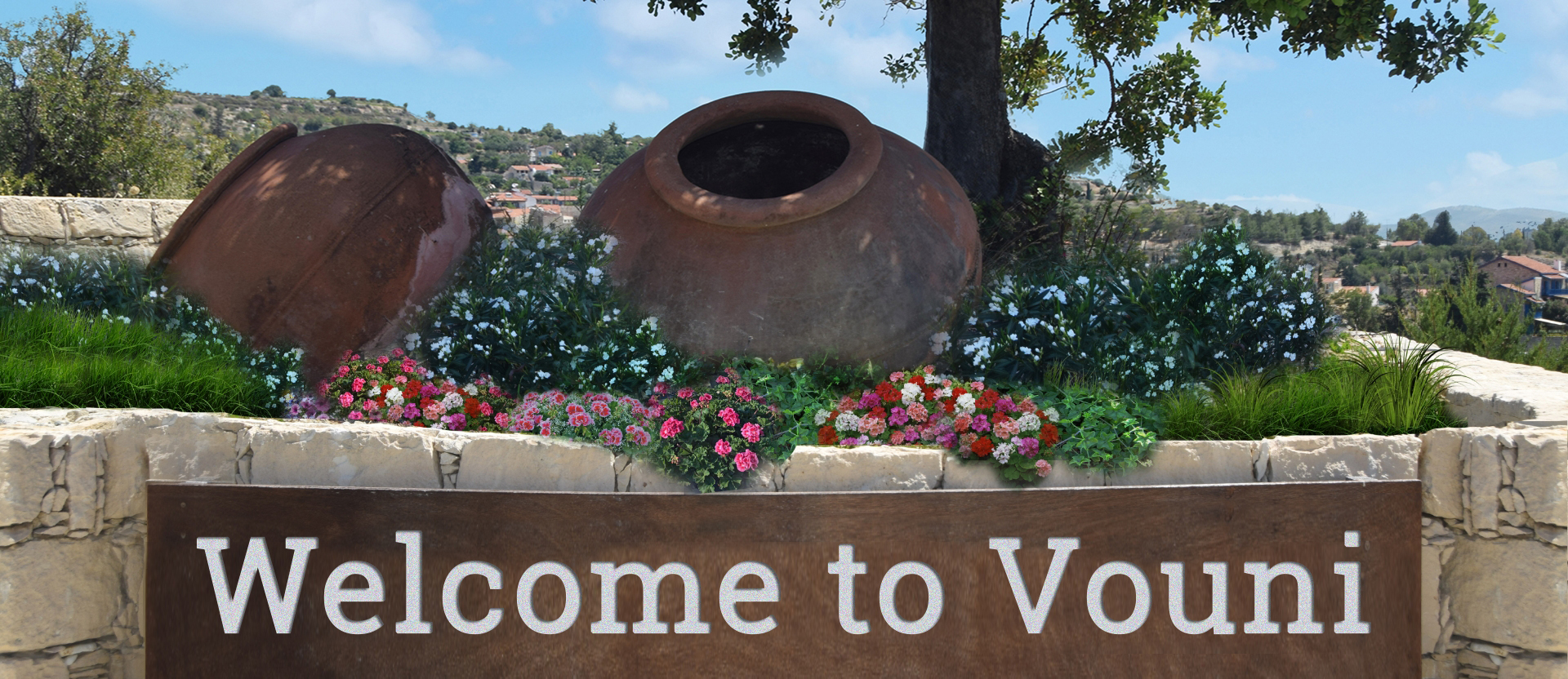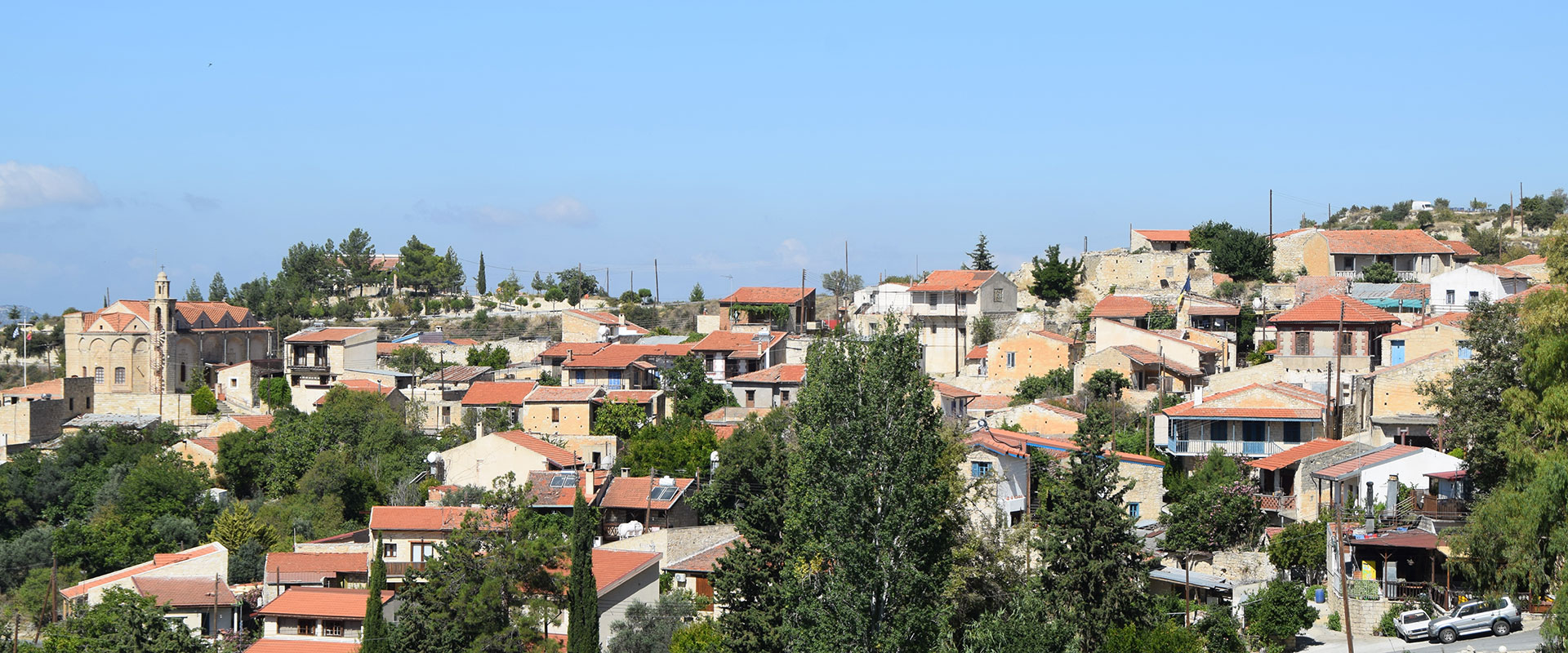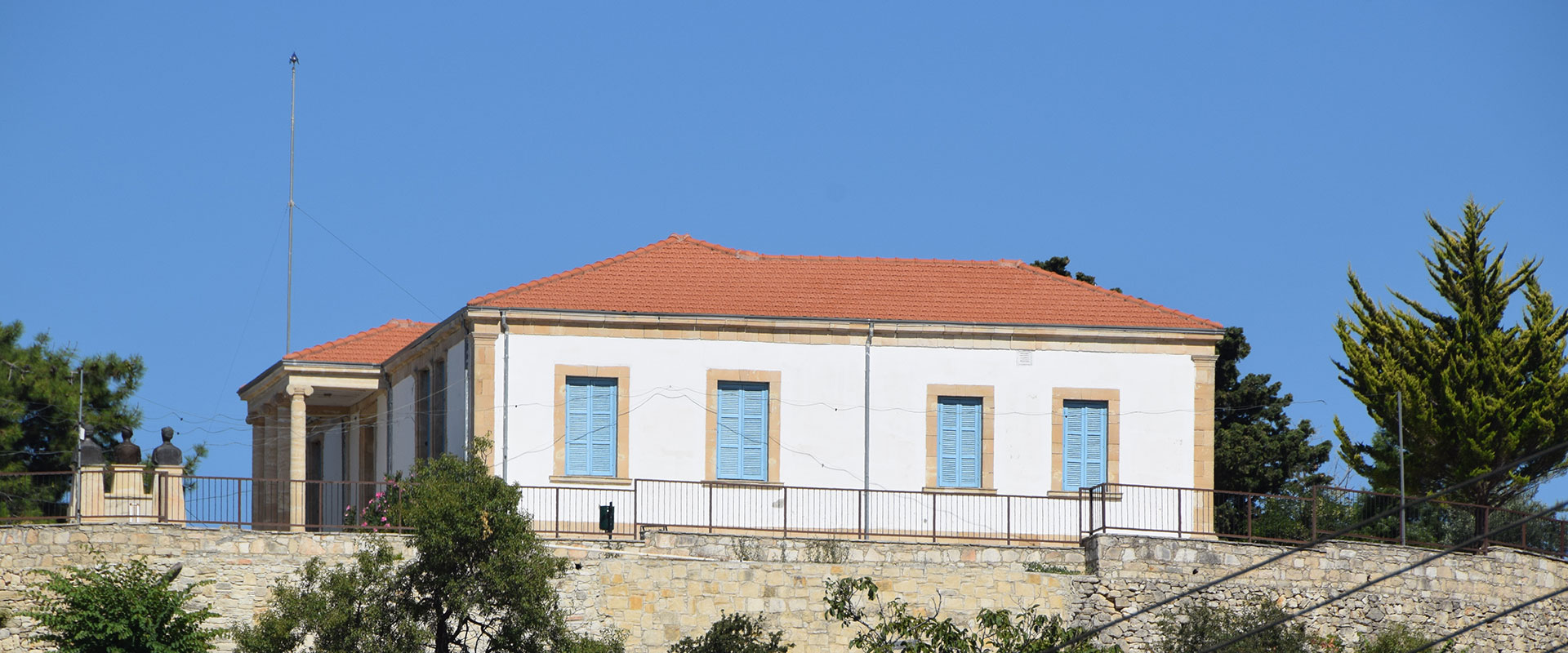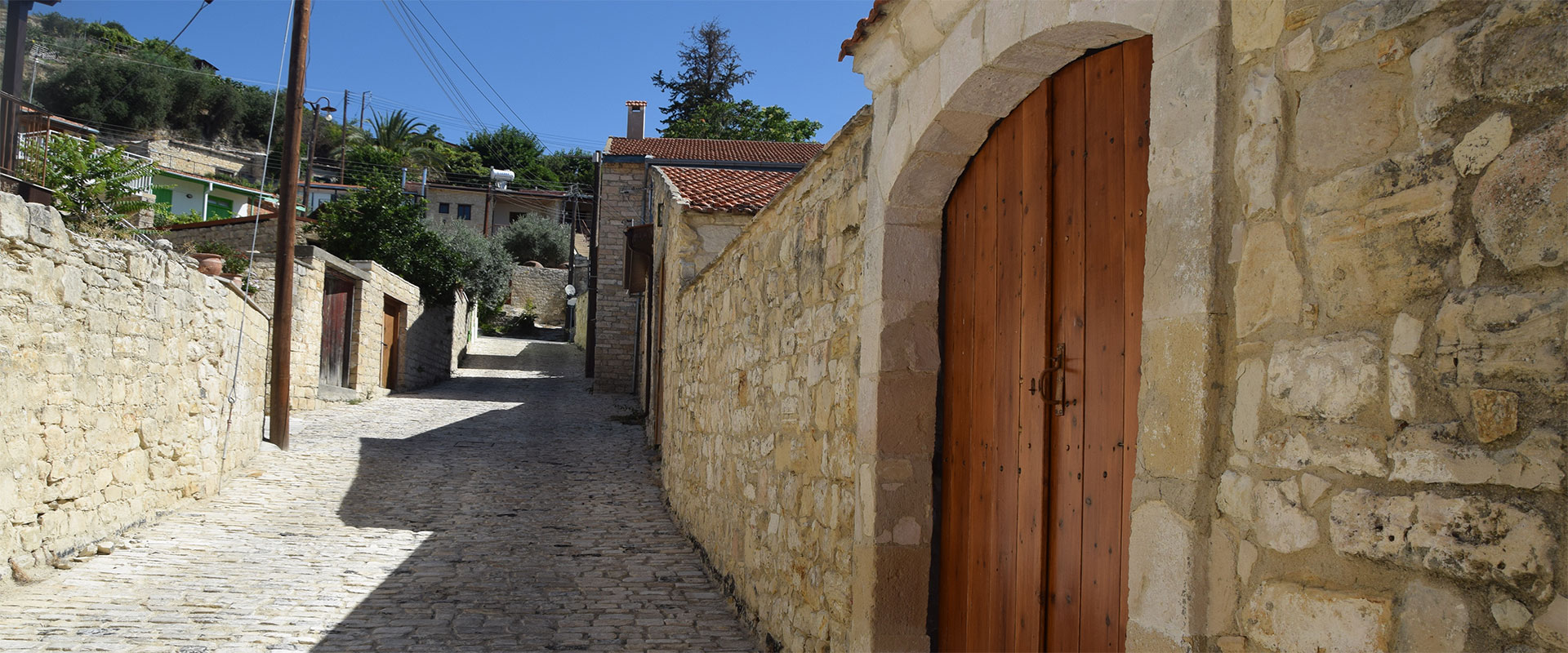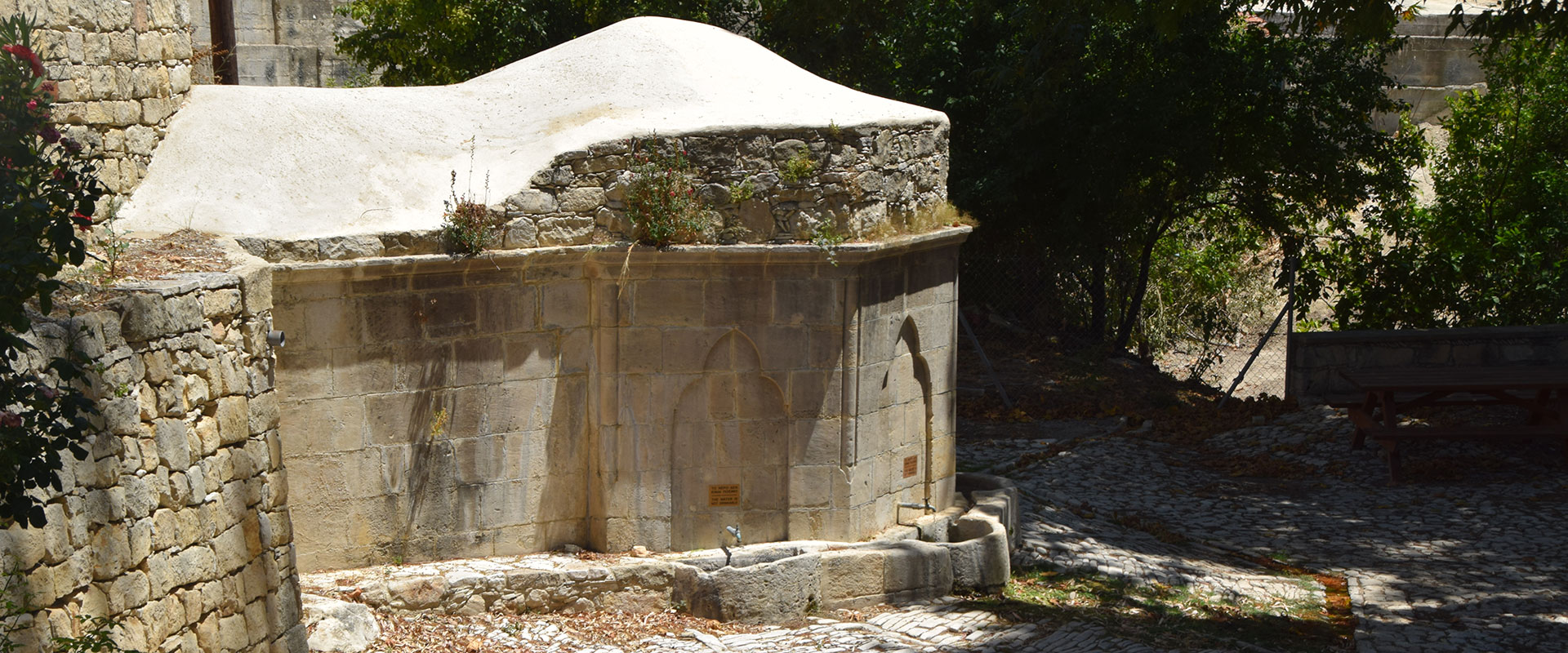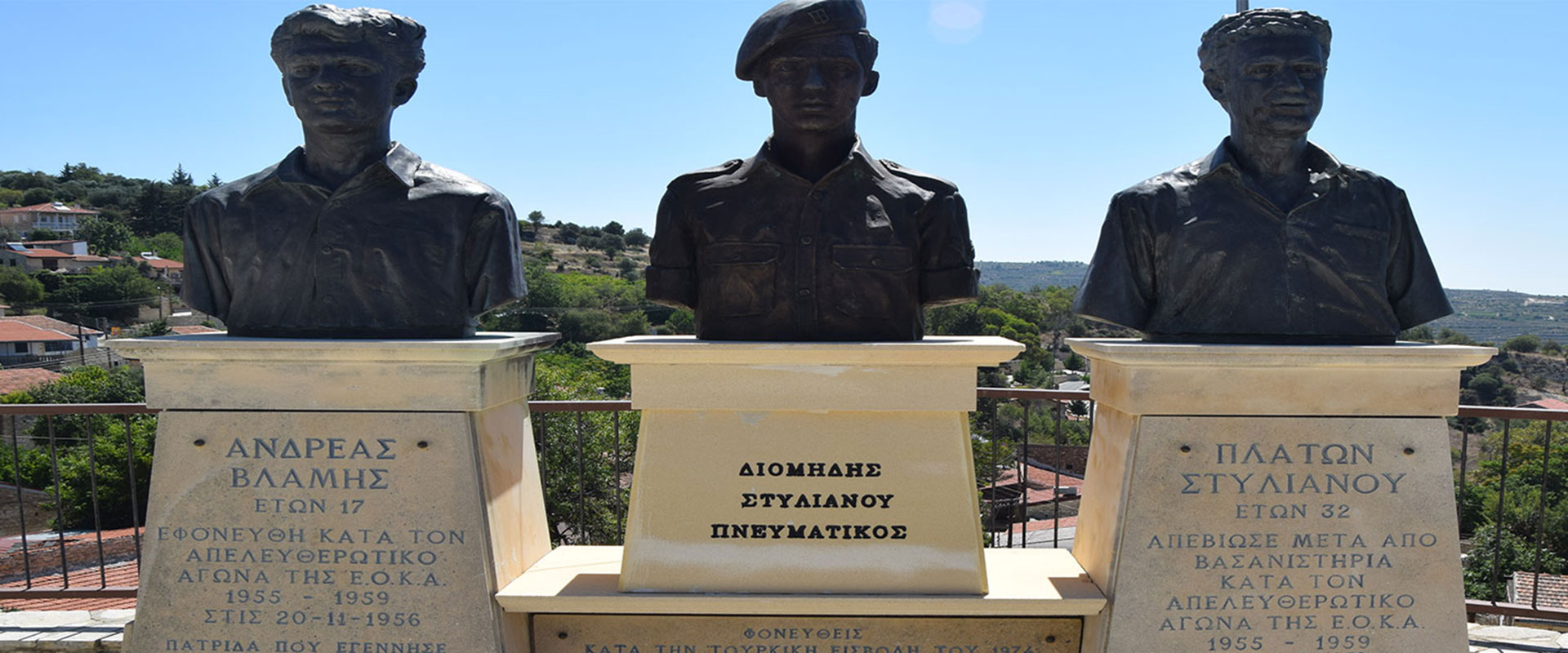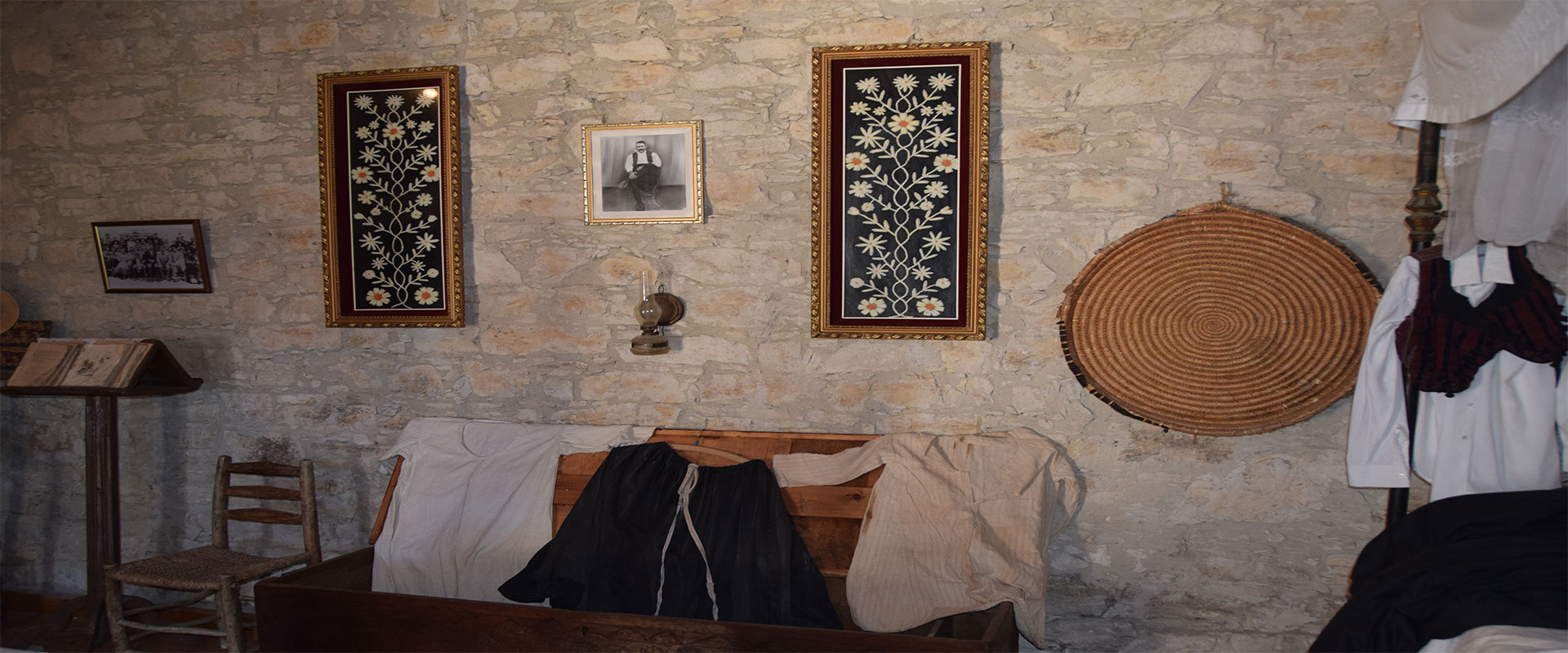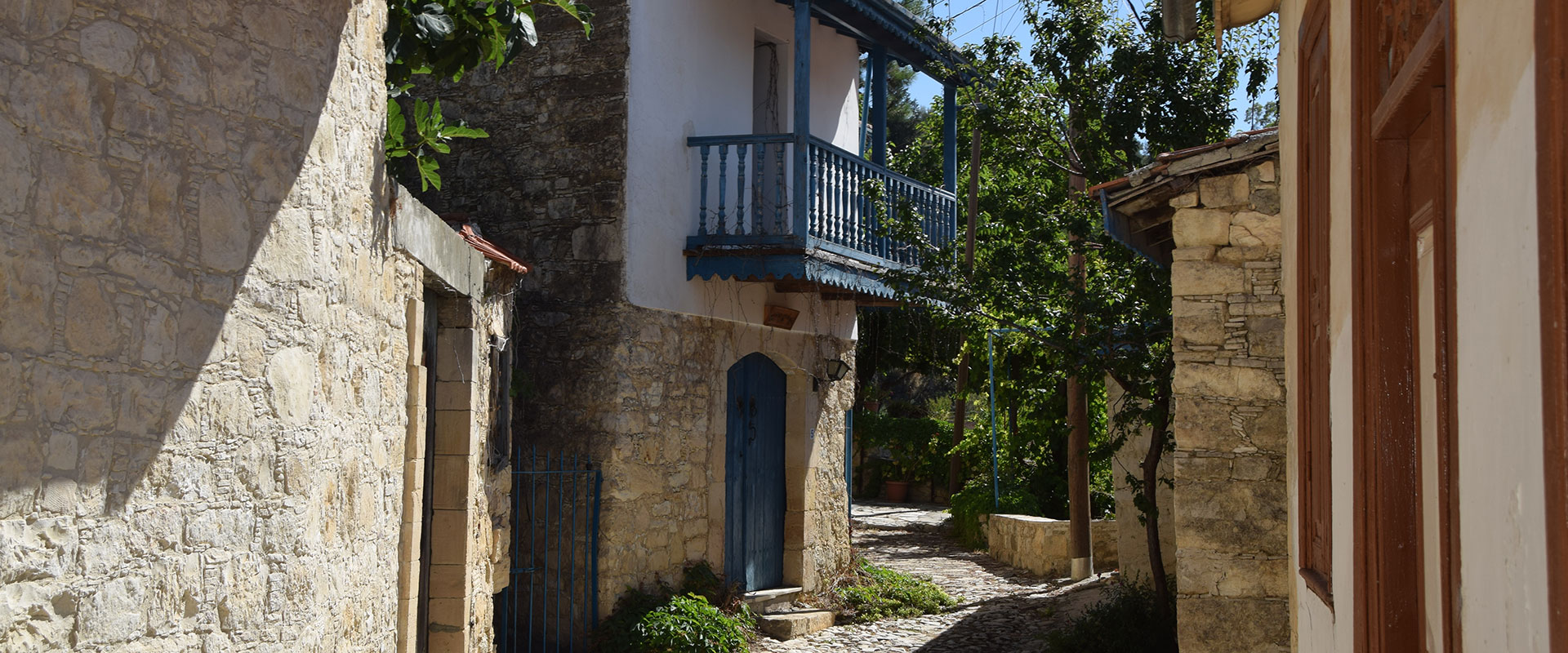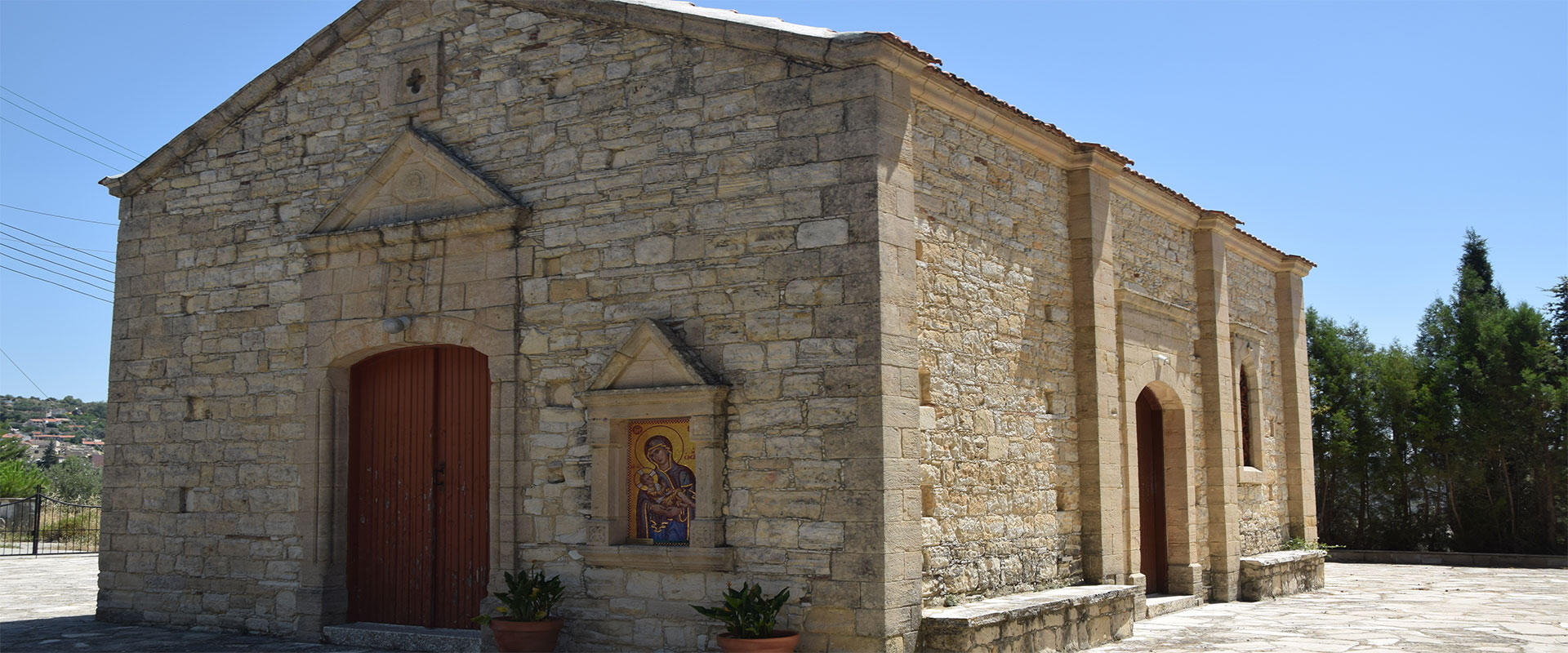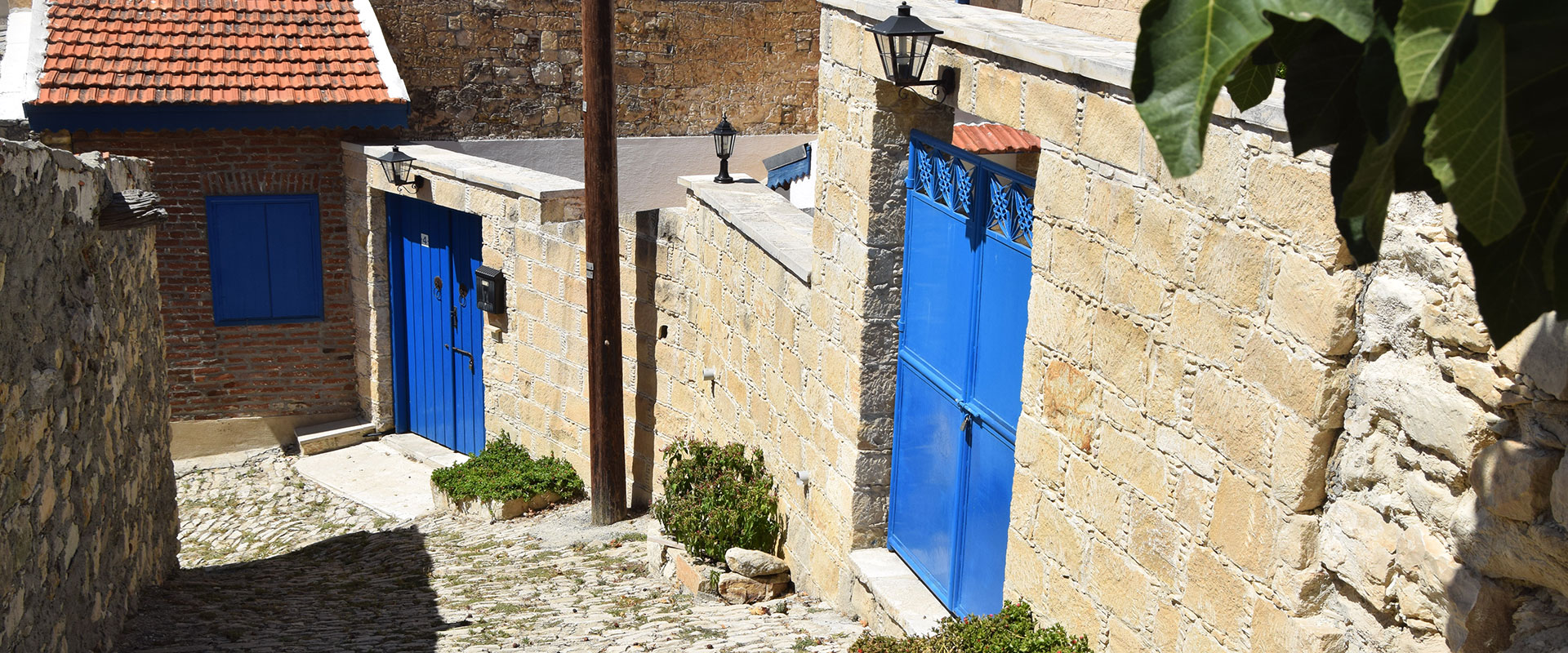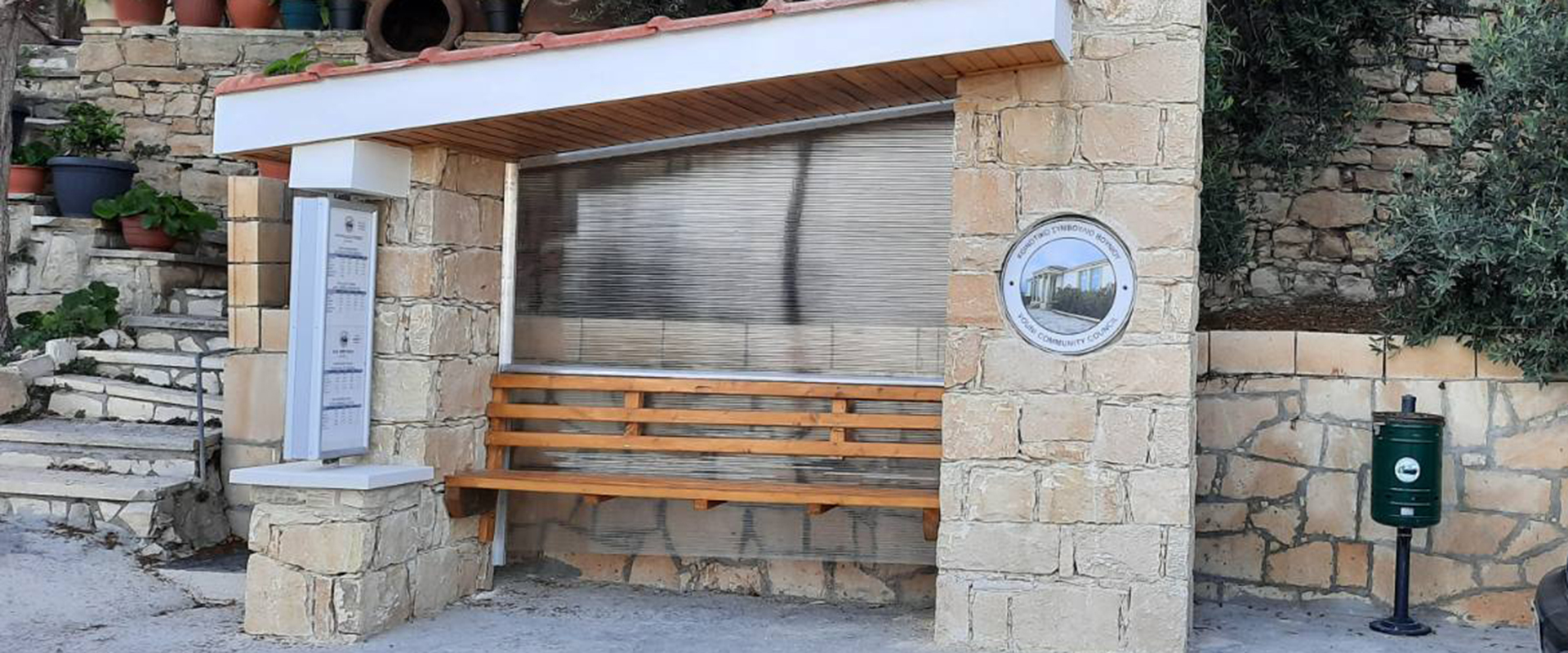Τhe Village
Vouni, a picturesque village with cobbly alleys, traditional houses with wooden doors, large windows, narrow balconies and inside yards, attracts both locals and foreigners with its rich architectural heritage, who see it as an outdoor museum of the life and culture of the most recent centuries.
It is located in the Krasochoria region of the Lemesos District, on an altitude of 800 metres above sea level. The village spreads on a slope with a southern gradient. The village’s landscape is “impressive with its high peaks reaching a height of 1153 metres at the location ‘Moutti tou Afami’, north of the settlement, and the beds of the rivers ‘Chapotami’ in the west and ‘Kryos Potamos’ in the east”.
Naming
The naming of the village is linked to its location. According to the Great Cyprus Encyclopaedia, the village was named ‘Vouni’, “which means “low mountain”, due to the location where it is built.
Avinevillage
Vouni, as the Great Cyprus Encyclopaedia remarks, “has been a vine village since the ancient years”. Up until the 90’s, the village of Vouni was “third in line after Pachna and Omodos in relation to the extent of cultivated with vineyards land”. Actually, 40% of the total land extent of the village was covered with vineyards. Nowadays, viticulture has been significantly reduced due to rural depopulation.
The village also possessed the third place in the whole of Cyprus in relation to the extent of land, since the present villages of Souni-Zanatzia, Sotera and Sterakovou were mainly owned by residents of Vouni, who had developed immense agricultural activity in these communities by growing cereals, carobs and olives.
Our village in the past
The first salvaged report about our village goes back to the Middle Ages and appears in Venetian maps. In particular, according to the Great Cyprus Encyclopaedia, the village “is marked in the Venetian maps under the name ‘Voni’. However, it is not marked at its real present location but north of the village of Kivides”.
Neither the visitors and writers of the Middle Ages nor the 19th century travelers, report Vouni in their texts. The same thing is observed with A. Sakellariou and G.S. Fragkoudes, who, although “they describe the villages of Kilani and Agia Mavri, do not mention Vouni in their texts at all. A simple report to the name is made by Jeffrey. It is very probable that the latter had never visited Vouni, and therefore simply mentions the village by its name without making any further comments.
In the old years, as local tradition preserves, there used to be four settlements in the area of the present village, which were built on low mountains. Three of them, ‘Pera Vouni’, ‘Velonaka’ and ‘Ais Mamas’, were desolated by the plague which struck Cyprus in 1692. The settlement that was salvaged, Vouni, was protected by Agios Ioannis Prodromos, to whom the main church of the village is dedicated.
According to tradition, “there used to be a monastery there, dedicated to the saint, with several monks. Any residents of the three settlements that were saved by the horrible plague, moved to Vouni. The first houses of Vouni were built at the ‘Rotsos’ neighbourhood. Its residents were Religious, progressive and hard-working. They dealt with the cultivation of the monastery’s land”.
Population
The populating history of Vouni, as researchers observe, presents particular interest. Ever since the end of the 19th century up until today, “the community has met large populating upheavals”. In particular, from 1881 until 1946, the population number followed a constant upswing. In 1881, with 706 residents, “Vouni was the second largest village of Lemesos after Kilani”, whereas in 1946, with 1247 residents, it was the sixth largest village of Lemesos after Kato Polemidia, Pelentri, Pachna, Agros, and Kilani”. However, from 1960 onwards, the village’s population began to decrease gradually. Presented in the table below is the analytic course of the population number of the village.
|
Year
|
Number of Residents |
Year
|
Number of Residents |
|
1881
|
706
|
1960
|
990
|
|
1901
|
834
|
1976
|
617
|
|
1921
|
1089
|
1982
|
373
|
|
1946
|
1247
|
2001
|
136
|
Education
Education, as the Great Cyprus Encyclopaedia underlines, was “cultivated in the village from the very early years”. According to Aristeidou, who is a basic researcher of education in Vouni, the “first written testimony for the existence of a school in Vouni dates back to the 1850 and it was written by Loizos Philipou. In our village, there was a Women’s school and a Boy’s School. It appears that the first one began operating in 1890 whereas the second one earlier. In 1936, a mixed school begins its operation. In the middle of the 20th Century, an eight grade school with 12 teachers and 200 students used to operate. It is also worth mentioning that the residents of Vouni began getting a higher education ever since 1900”.
Sources:
Aristeidou I. Aristeidou, Education in Vouni (1850-1985), Lemesos 1997
“Rides to the past, a vision to the future, European Days of Heritage, Cyprus 2004”
Great Cyprus Encyclopaedia, vol. 3
Projects
Community Clinic
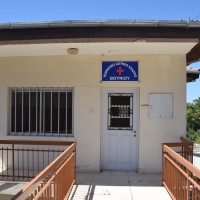
Community Park - Theater
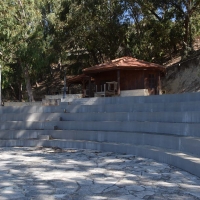
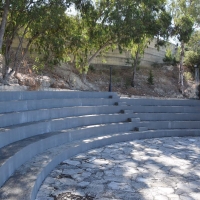
Olive Cultivation
Before planting Grapes, it was necessary for the field to be deeply cultivated. Planting grapes used to start between the months March –April but it was mostly planted in May because the field was damper. Before planting the grapes, the vineyard position had been indicated by placing canes on the spots. The plants were placed in parallel rows and they had a 5 mile distance between each other.
It is worth knowing that in order to plant grapes, five people were needed. In fact, according to Ionas, these people were: “Skaliatoyros” or “Skalieris” who held a tool named “Skala” (ladder) so that he could open the pit ˙ three women, two of them used to pour water in the pits while the other one would place the vine stick in the pit and finally the “Palloukaris” who would close the pit.
Ioannis Ionas mentions that vine planting took place on Sundays or on holidays and that is because it demanded plenty of hands. During planting, villagers, friends and relatives of the owner took part.
The vine pruning was an important factor for its production. Specifically, Ionas refers to a traditional Cypriot proverb:’ One year unblemished, five years fruitless».
After pruning there was rake, which was conducted mostly in May in order to get rid of the roots from the soil and prepare it for the rain falling. It has to be mentioned that in the first year after planting, the vine was not pruned, only some of the surface roots were cut so that it could grow stronger.
In addition, in the vine care the «moutokoma » (cutting tops) and the sulfuration were included. “Moutokoma” was the cut of the tender shoots. As far as spraying is concerned, it started during the period of English Occupation in order to protect the plants from diseases which affect production.
The season of the vine harvest began with the grape- cropping which was intended for the production of Koumandaria and then for the production of other kinds of wine. This grape cropping for the production of Koumandaria began at the end of July whereas for the other kinds of wine it usually began in September.
Just like vine planting, vine harvest also demanded too many hands. When productions were big, the vine farmers hired staff paid per day.
Vine harvest started at dawn and lasted until dusk and it required hard work. The people who took part in this, remained bowed for many hours in order to cut one by one the bunches of grapes with a knife. The bunches of grapes were put in a basket and then transferred into bigger baskets which were loaded on donkeys in order to be carried to the place where the vinification would take place or at home where they would be displayed in order to produce raisins.
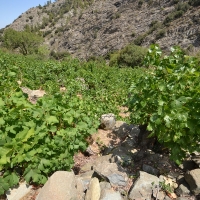
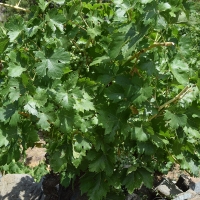
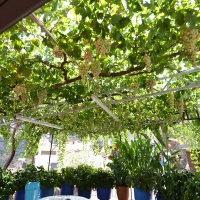
Enterprises
Address: 16, MEGALOU ALEXANDROU,3309,VOUNI, Limassol, CYPRUS
Telephone: 25945521
Email: [email protected]
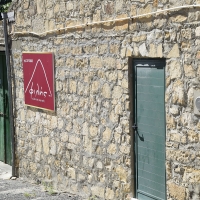
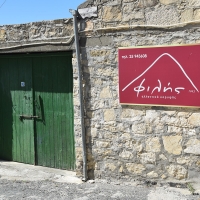
Useful Information

